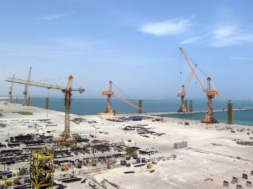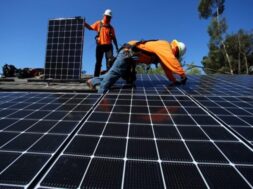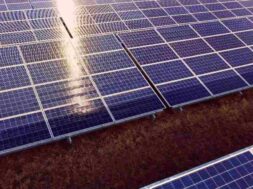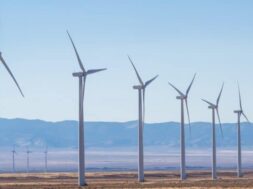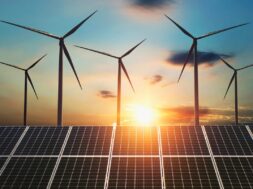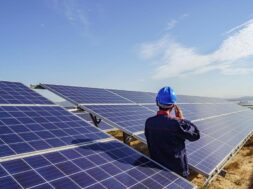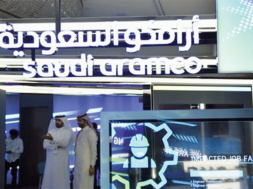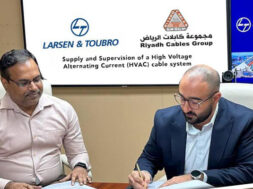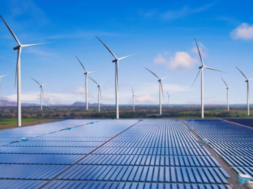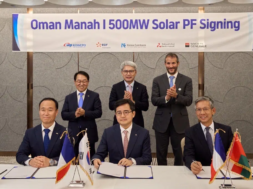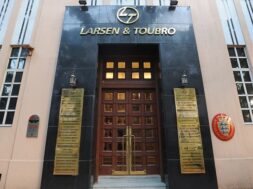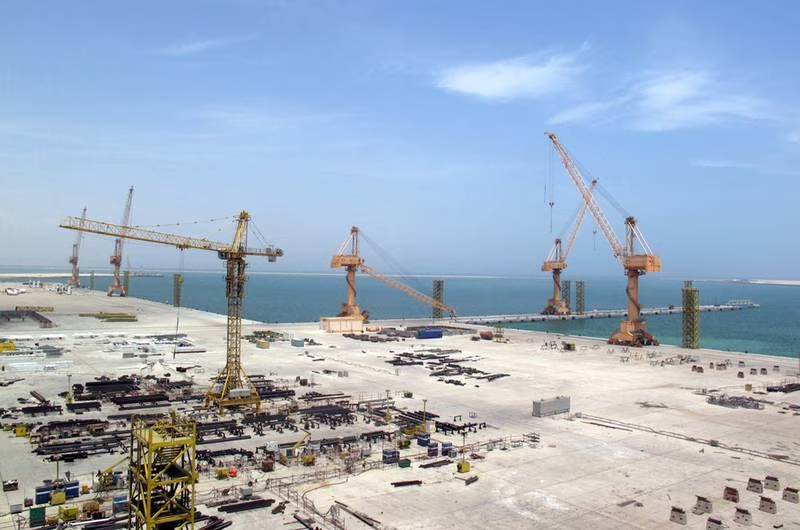
Oil and gas currently account for 60% of the sultanate’s export revenue, agency says
Oman is on track to become one of the largest producers of hydrogen in the world by 2030, the International Energy Agency has said.
The country, which could also be the top exporter of the low-carbon fuel in the Middle East by the end of the decade, has the benefit of ample renewable energy sources and vast tracts of available land, the agency said in a report this week.
“Oman is an oil and gas producer country that is taking an enlightened approach to its energy future, with a clear long-term vision and strong net-zero ambitions,” said IEA executive director Fatih Birol.
“Thanks to its huge potential for low-cost solar and wind, renewable hydrogen is set to bring multiple benefits to Oman.”
Oman, the largest non-Opec oil producer in the Middle East, aims to produce at least a million tonnes of renewable hydrogen a year by 2030 before ramping up capacity to 3.75 million tonnes by 2040 and 8.5 million tonnes by 2050.
The 2040 hydrogen target would represent 80 per cent of Oman’s current liquefied natural gas exports, the IEA said.
Hydrogen, which can be produced from renewable energy and natural gas, is expected to become a critical fuel as economies and industries transition to a low-carbon world.
It comes in various forms, including blue, green and grey. Blue and grey hydrogen are produced from natural gas while green is derived from splitting water molecules through electrolysis.
French investment bank Natixis estimates that investment in hydrogen will exceed $300 billion by 2030.
At a meeting with senior IEA leaders, Oman’s Energy Minister said the Arab country was “blessed with” competitive solar and wind resources.
“The most economically rational action for us is to embark on using this as the most viable and sustainable energy of tomorrow, including decarbonising power generation, local industry and hydrogen production for export,” said Salim Al Aufi.
Oman, which aims to hit its net-zero targets by 2050, currently relies on oil and gas for 60 per cent of its export revenue, according to the IEA.
Meanwhile, natural gas makes up for more than 95 per cent of the country’s electricity generation.
In October, Oman set up a state-owned company, Hydrogen Oman, to oversee the development of hydrogen projects in the country.
The country has earmarked two blocks in the southern port city of Duqm and another four blocks in Salalah to be tendered for the development of green hydrogen projects.
The IEA said that 1,500 square kilometres of land had been put aside for development by 2030, and that up to 40 times more land had been identified for potential hydrogen production.
“Six projects have already been allocated land for renewable hydrogen in the country’s first such auction process,” the agency said.
Last year, Oman’s Public Establishment for Industrial Estates, better known as Madayn, joined forces with US company H2 Industries to establish a $1.4 billion waste-to-hydrogen plant in the Gulf country.
Oman’s renewable hydrogen exports could be transported initially in the form of ammonia, the IEA said.
The country’s ammonia exports, which currently stand at about 200,000 tonnes a day, need to be “20 to 30 times” higher by the end of the decade for it to become a big hydrogen supplier, the agency said.
That would require largest investments in storage tanks and dedicated deep-water jetties, the IEA said.
